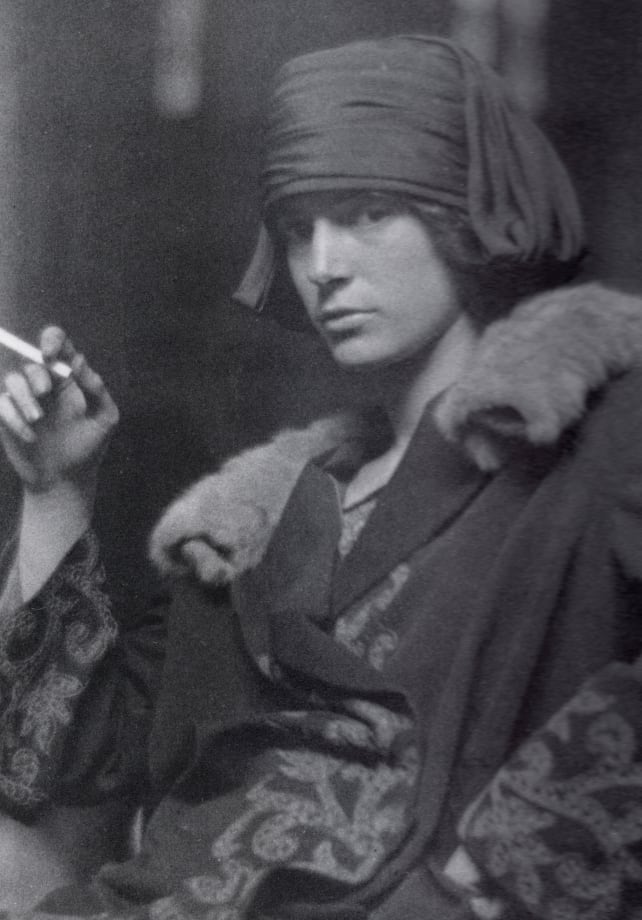"FOR IT IS THE LEGITIMATE FUNCTION OF ART TO PRESERVE IN CONCRETE FORM THE FLEETING IMAGE, THE EXTINGUISHABLE FORM, THE LIFE THAT FADES, THE EMOTION THAT PASSES. NOR IS IT A DESECRATION OF TIME WHEN THE ARTIST SETS HIMSELF TO HOLD IT AGAINST DISAPPEARANCE INTO THE VOID."
Ethel Schwabacher was active in the New York art scene from the 1940s to the 1960s. Represented by Betty Parsons Gallery, she had five solo exhibitions and participated in numerous group shows. Schwabacher was deeply engaged with Abstract Expressionism, influenced by her mentor, Arshile Gorky, and his Surrealist techniques. She also authored significant texts, including a 1957 book on Gorky and writings on art and artists such as John Charles Ford.
Born in New York, Schwabacher studied at the Art Students League and the National Academy of Design, initially training as a sculptor before shifting to painting. Her art evolved from pure abstraction created via spontaneous methods to eventually address more philosophical, mystical, and political themes. Despite mental illness, periods of commercial and critical struggle, and health issues in her later years, Schwabacher never comprimised her artistic vision and kept making work until her death in 1984.
Schwabacher’s works are, despite her spontaneity-based practice, reflections of personal experiences with psychoanalysis and interpretations of culture and politics. In the 1950s, she created the Birmingham series, which responding to the Civil Rights movement, and the Women series, inspired by her own life and its reflection of larger feminist themes. Her works were also informed by her extensive knowledge of literature and philosophy.
Featured in Whitney Museum annuals between 1949 and 1963, Schwabacher also had a significant presence in the broader art world through exhibitions and retrospectives. A 1987 retrospective at the Zimmerli Art Museum underscored her influence, and she was included in the landmark 2016–17 Women of Abstract Expressionism exhibition at the Denver Art Museum. Her work is held in major collections such as the Metropolitan Museum of Art, the Museum of Modern Art, and the Whitney Museum of American Art.
